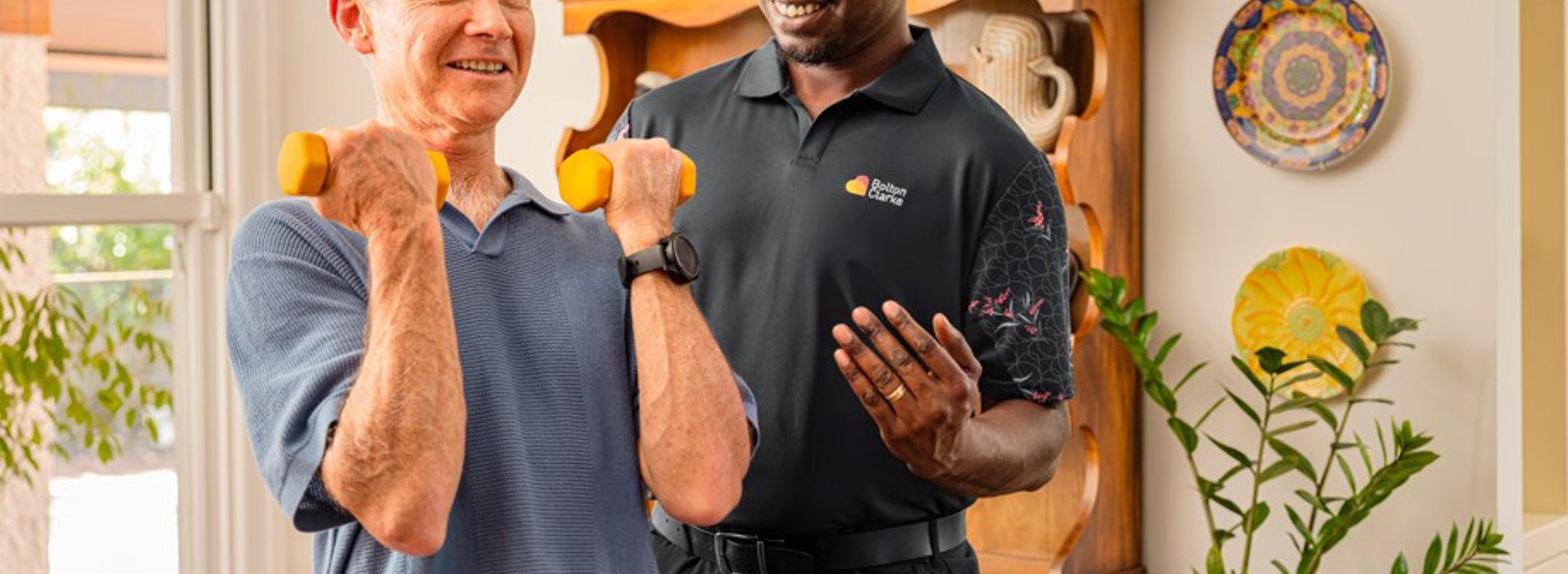Fighting dementia with physical activity

Falls risk plays a significant role in limiting independence and connection for Australians living with dementia.
Dementia Action Week runs from 15-21 September and this year’s theme is “Nobody can do it alone”.
Bolton Clarke Research Institute Senior Research Fellow Claudia Meyer said for people living with dementia at home, the theme has particular relevance because having the right support and motivation to increase physical activity can make a proven difference in physical and mental wellbeing.
“While about one in three older people in the general population will fall in any year, for people with dementia the incidence increases to 47 per cent for vascular dementia and up to 90 per cent for people with Parkinson’s related cognitive impairment,” Dr Meyer said.
“Increasing physical activity and breaking down the barriers to exercise for these groups is key to supporting greater independence and quality of life.
“We know that physical functioning deteriorates as someone ages, with physical inactivity a main culprit. Impairments in muscle strength, balance and gait are strong risk factors for falls and when we add dementia to the equation, the complexity of reducing risk is even greater.
“Working memory is critical for attending tasks, forming strategies, planning movement, and limiting interference. If complex attention is an issue, then dual tasking like walking and talking may be challenging.”
However Dr Meyer said research has produced strong evidence that about 30 minutes of moderate physical activity on most days of the week can improve independence in activities of daily living, mobility and possibly general cognition and balance for people with dementia.
“The challenge for health workers and carers is in moving people through the behavioural changes needed to promote positive change,” she said.
“As health workers, we often want to see action immediately without understanding how we can help people along the journey to making changes.
“This includes supporting referrers to focus on people’s physical as well as cognitive needs, creating easier access to activities (for example through transport or reduced cost), providing peer support and promoting shared decision making.”
Dr Meyer said some simple strategies for people with lower motivation could include linking physical activity to other activities people enjoy, for example walking to a coffee shop or parking at the far end of the car park when shopping.
For others, who may have lost confidence due to decreasing ability, having a companion in the activity and providing the logistical and emotional support to have a go could be beneficial.
“We also need to keep people engaged in physical activity through a sense of fun and purpose, including adapting to any changes in ability or motivation so as not to lose momentum,” she said.

